ELA Stations by Standard
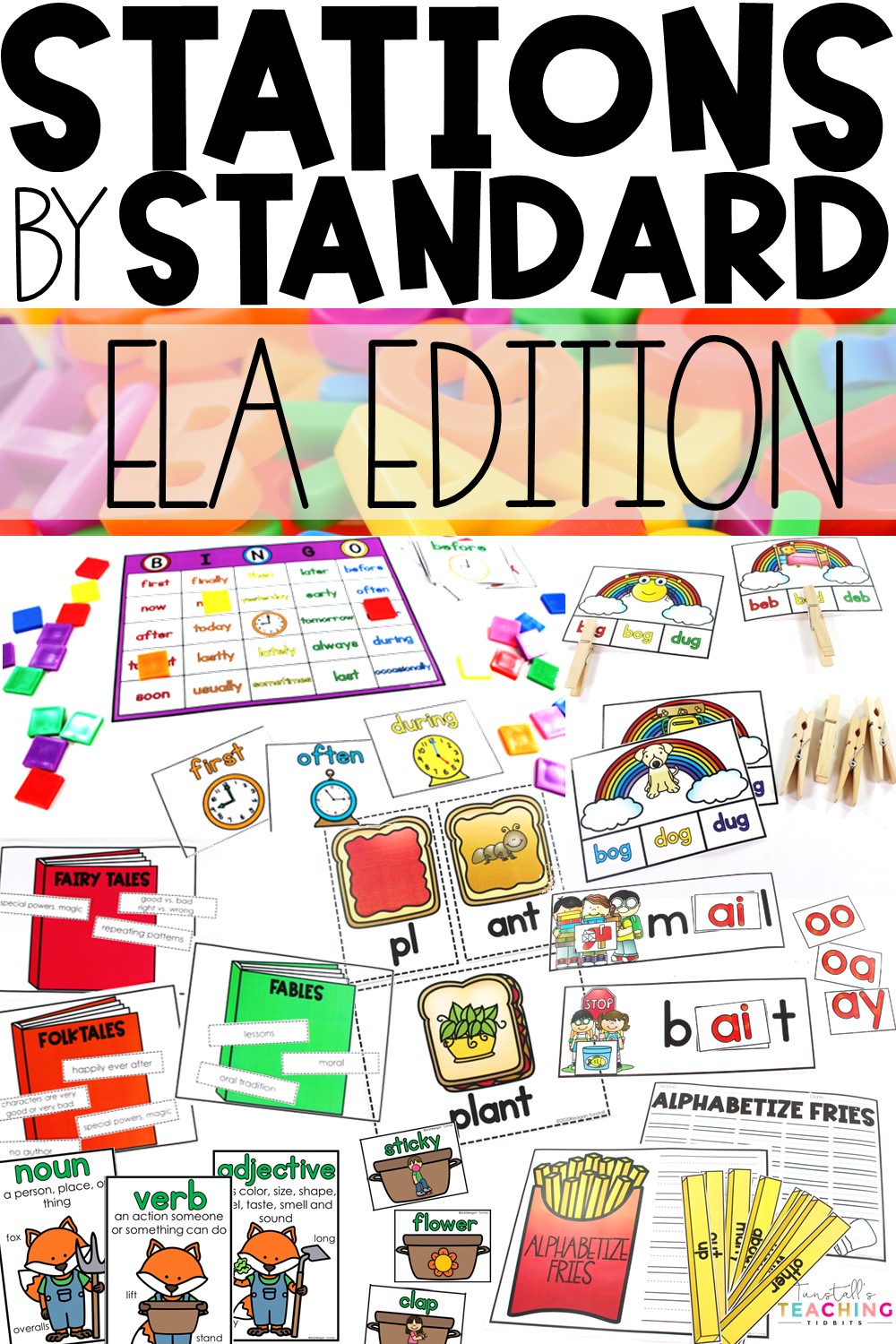
Through the years I have come a long way in how I choose my station activities. I began the workshop model of guided reading my first year of teaching. Two decades later, we are still creating ELA stations by standard for guided reading. Now the process of how I decide what students will do at a station is completely different. For me, workstations have evolved through the years from purposeful play to standards-based intentional application of skills with a side of engagement.
ELA STATIONS BY STANDARD
To begin, the latest set of workstations for the year addresses the ELA standards that don’t typically make an appearance in everyday stations. For me, these standards are usually addressed in mini-lessons or small group reading. Because of these new stations, students will now have hands-on independent practice with these standards. In this post, we will look at the six ELA strands these stations cover. Each of the sets below contains 15 stations with answer keys and recording sheets when applicable.
PHONOLOGICAL AWARENESS
Phonological awareness is a broad skill that includes identifying and manipulating units of oral language. In this resource, some examples include distinguishing parts such as words, syllables, and onsets and rimes. Manipulating phonemes initial, medial, and final. More phonological skills include segmenting phonemes and producing rhyming words. Below you can see the list of skills in the first set of ELA Stations by Standard.
- rhyming words
- alliteration
- long and short vowel sounds
- blend sounds to form words
- add and delete phonemes
- segment and count phonemes
PHONETIC KNOWLEDGE
Phonetic Knowledge is the knowledge of sound-symbol relations and sound patterns represented in a language. Additionally, the standards for phonetic knowledge center around an awareness of distinctive speech sounds and phonemes (smallest unit of sound) to create words. Therefore, below you will see the list of skills in the second set of ELA Stations by Standard.
- read letter-sound correspondences
- decode words with blends, digraphs and trigraphs, inflectional endings, closed syllables, open syllables, Vce syllables, vowel teams, vowel digraphs, diphthongs, and r-controlled syllables
- understand and decode compound words, contractions
- identify and read at least 100 high-frequency words
SPELLING
Spelling is the rendering of speech sound into writing. Moreover, the skill of spelling has had a spotlight in the ELA line-up since the first day of school…ever. Being able to spell is of course the culmination of many underlying skills. In this unit, we created a way for students to practice these important pieces of the spelling puzzle. As always, every unit serves up engaging activities while incorporating important standards. This unit isn’t dependent upon a certain spelling list. It serves as a review of the skills below.
- write and spell words with closed syllables, open syllables, Vce syllables, vowel teams, r-controlled syllables, initial and final consonant blends, digraphs, trigraphs, and sound-spelling patterns
- spell high-frequency words
- alphabetize words
- develop handwriting
VOCABULARY
Vocabulary is a set of familiar words within a person’s language. Further, vocabulary, usually developed with age, serves as a useful and fundamental tool for communication and acquiring knowledge. Moreover, exposure and experiences with rich language provide the foundation for the development of vocabulary. Therefore, this unit is full of important vocabulary skills. In this ELA standards set, students practice skills that rarely get practiced, yet are so important in developing vocabulary.
- dictionary skills to find words
- use illustrations and texts to learn or clarify word meanings
- meanings of words with the affixes -s, -ed, and -ing
- words that name actions, directions, positions, sequences, categories, and locations
- meanings of unknown and multiple-meaning words and phrases and words with shades of meaning
- root words and their inflectional forms
- word relationships and nuances in word meanings
- sort words into categories tor the concepts they represent
- define words by category and by key attributes
- connections between words and their uses
- use conjunctions
CONVENTIONS
Conventions refer to the mechanical correctness of a piece of writing. Whereas we do teach these skills through the year in more traditional lessons, now students can work independently on conventions. The fifteen stations in this conventions unit serve to cement the learning for students. In addition, the use of theme and clipart helps make the sometimes-difficult concepts more accessible to all students. Below are the skills found in the conventions unit.
- common, proper, singular, plural, and possessive nouns
- conjunctions
- determiners (articles, demonstratives)
- commas
- complete sentences with proper capitalization and punctuation
- past, present, and future tense verbs
- adjectives, adverbs, prepositions, pronouns
LITERARY ELEMENTS AND TEXT STRUCTURE
My favorite, but difficult to find stations, are on literary elements and text structure. These skills are a culmination of the love of reading, language, and vocabulary. Typically, these standards are addressed in small groups and in the mini lessons done in the whole group. Importantly, students will have a chance to practice and apply these skills in a station. If I am being honest, these stations are wonderful for differentiation. Some of the skills in this set require prerequisite understanding. Without a doubt, they are perfect for students who are ready for the next step in their literacy journey. For those who require support, I love using stations as small group teaching materials. Below you will find the skills covered in the fifteen stations in this set.
- recognize parts of a book
- text features
- analyze and identify story elements
- answer questions about key details
- author’s purpose
- compare characters
- recognize characteristics of folktales, fables, fairy tales, and nursery rhymes
- recognize elements of poetry
THE LIT KIT
Now that you have a terrific grasp on ELA stations by standard, here’s a resource and blog post on even more literacy activities! Further, in the Lit Kit, every standard is covered for the entire year. Further, there is a standards planning guide free for download HERE. Now, you can use the lit kit month by month knowing everything is taken care of for you through kid-tested and loved activities!

 Contact Us
Contact Us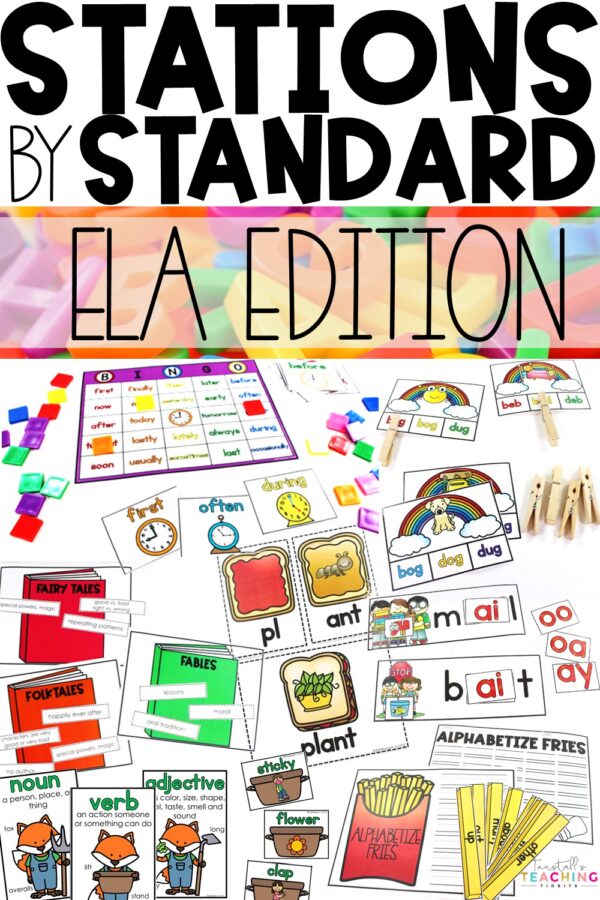
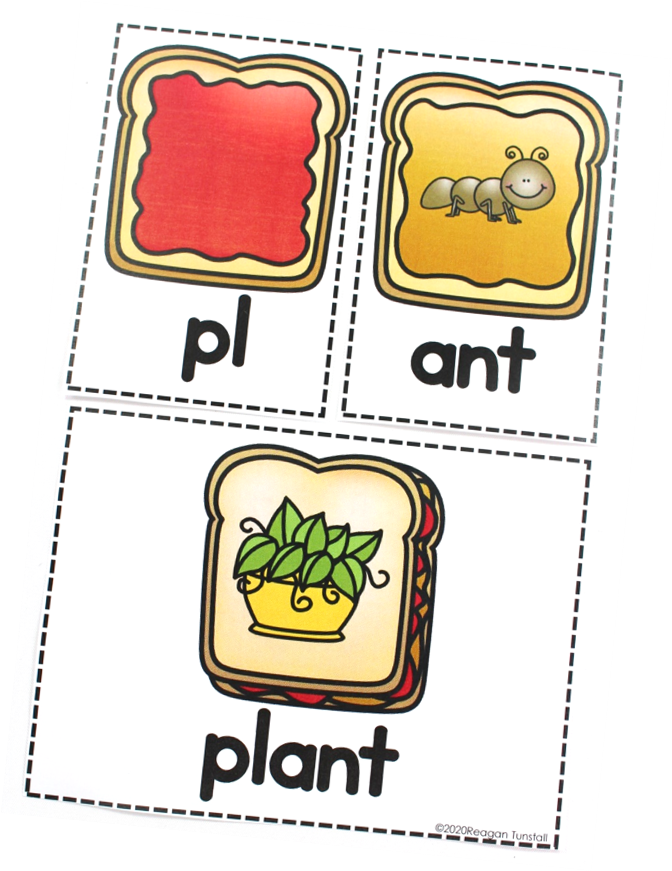
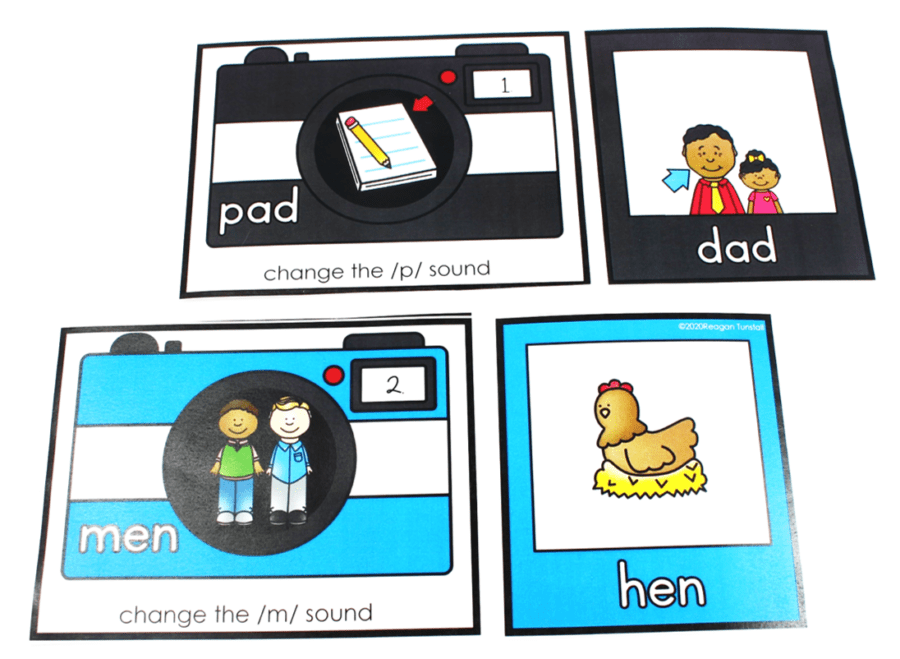
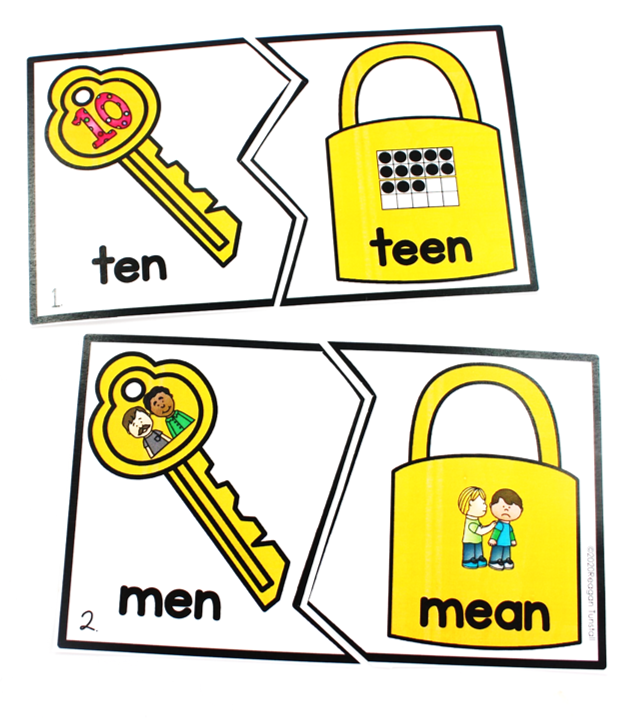
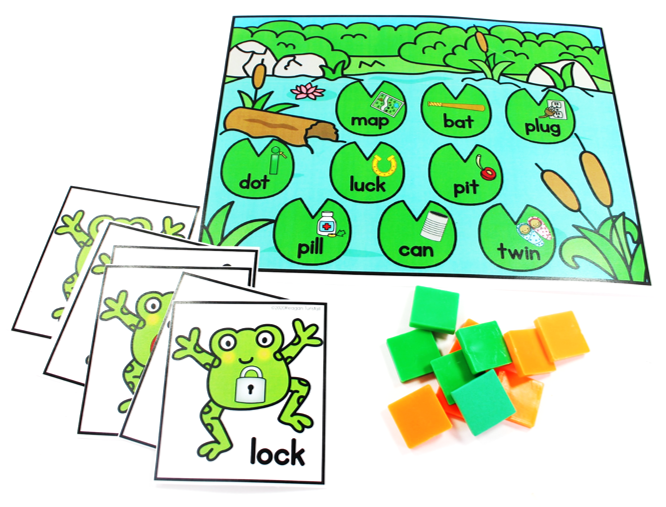
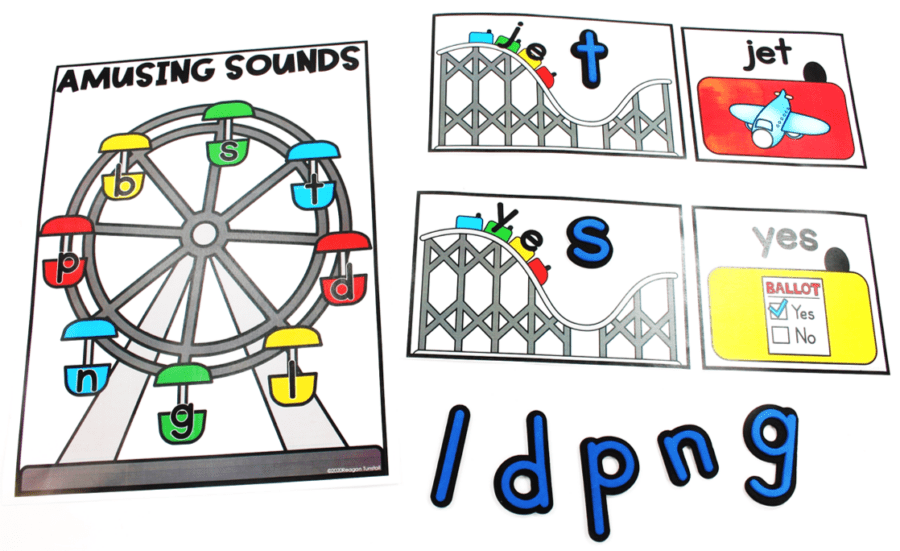
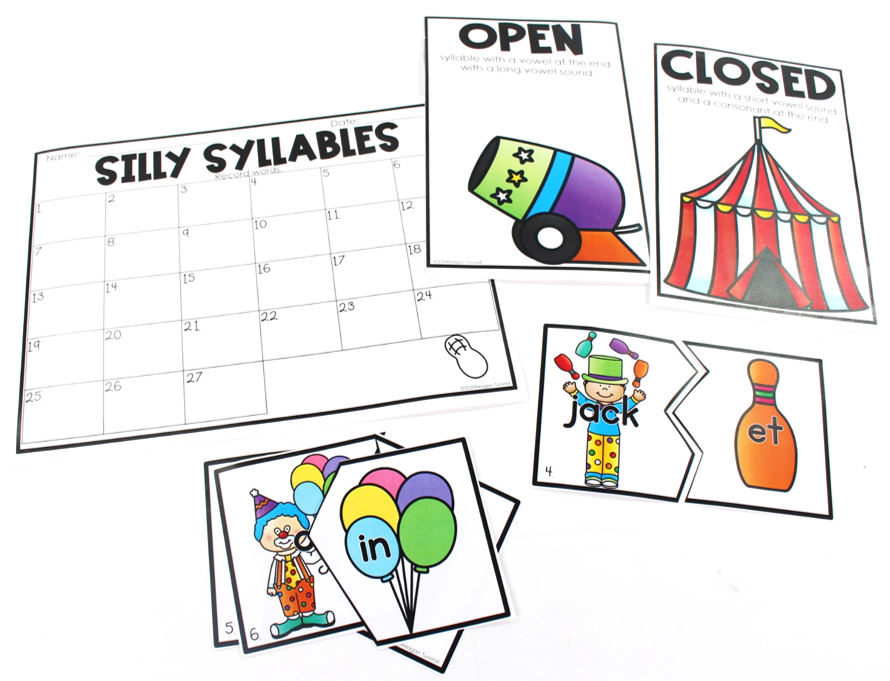
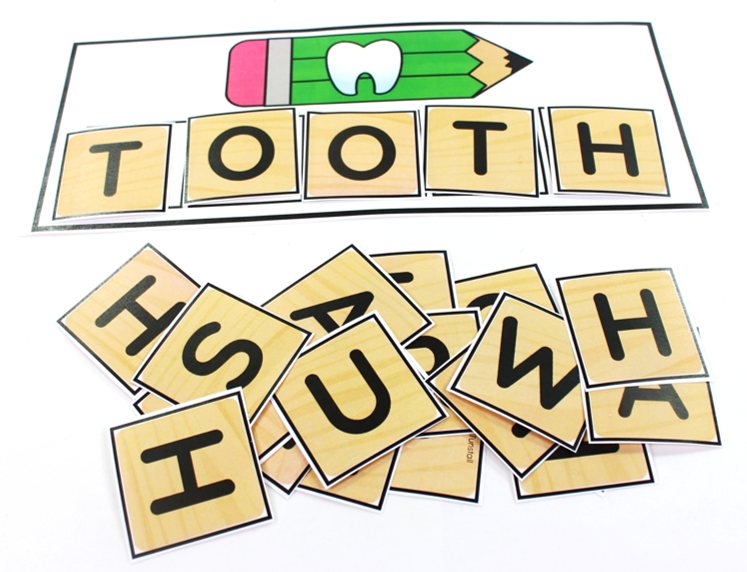
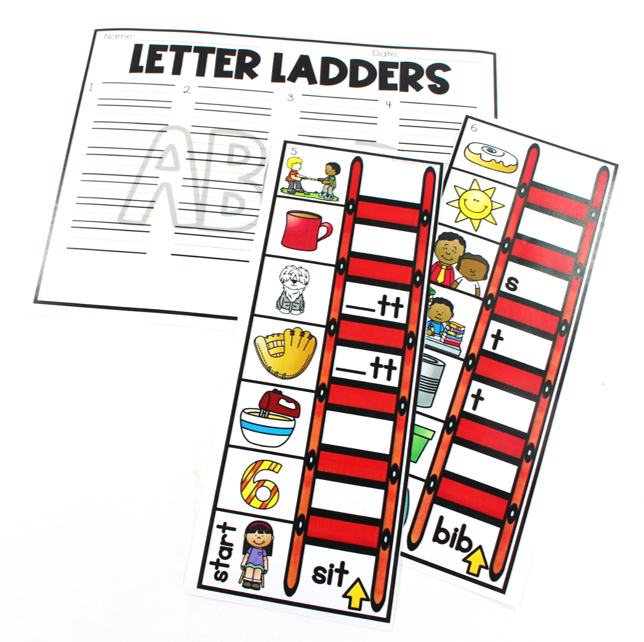
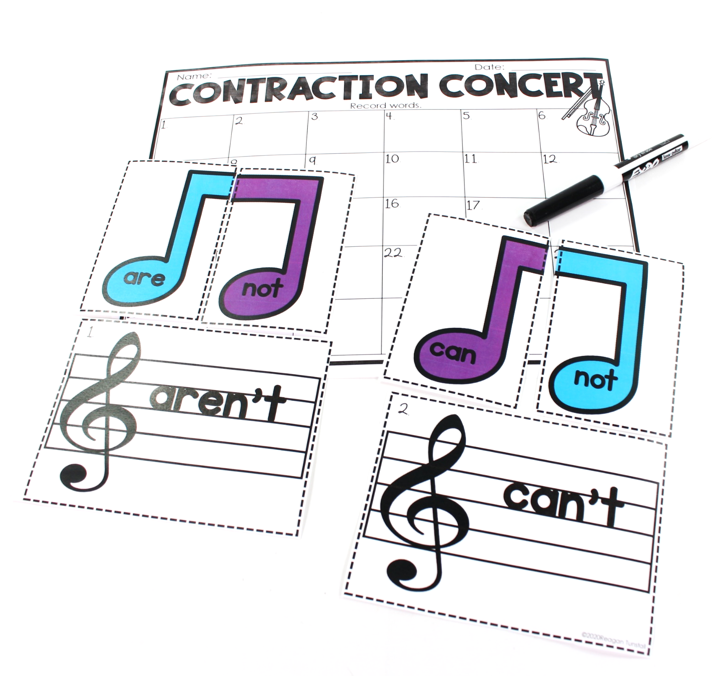
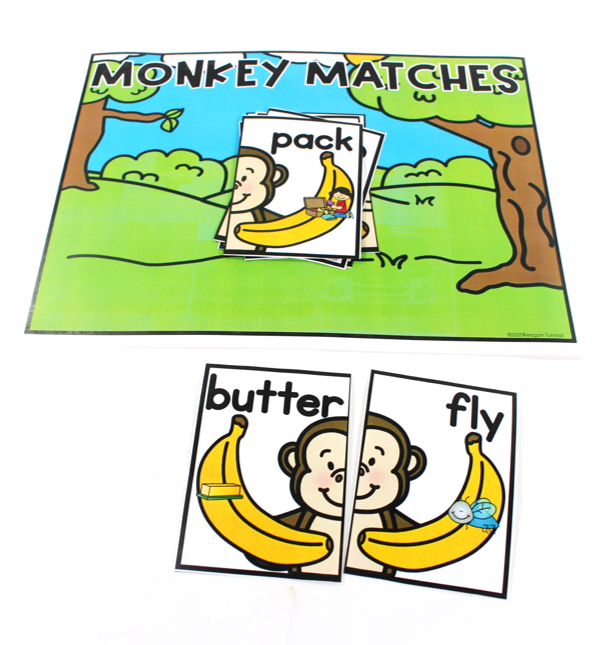
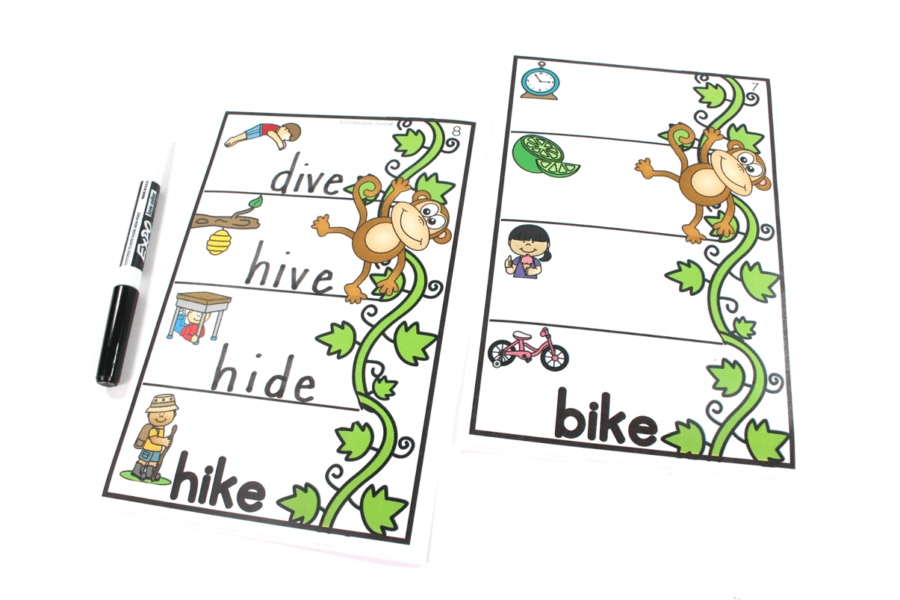
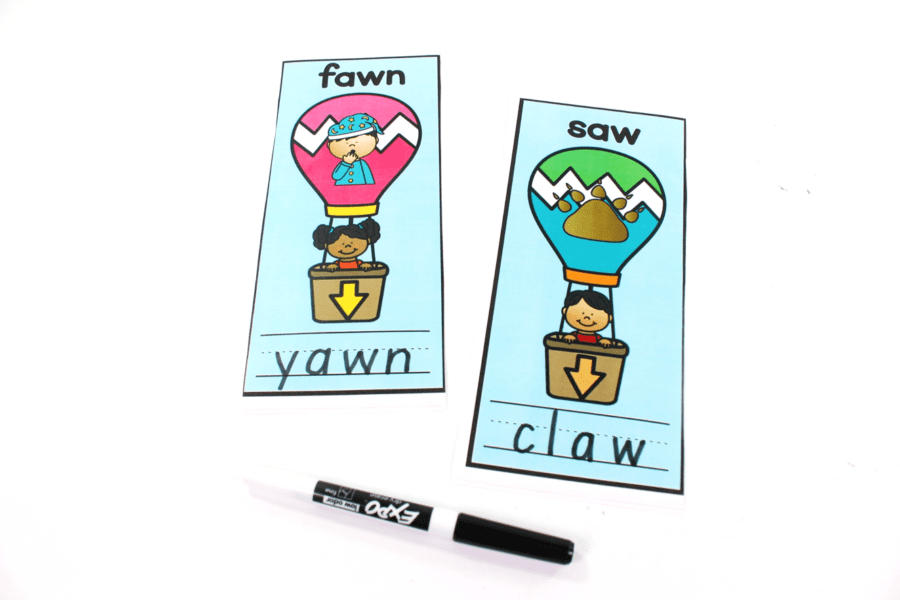
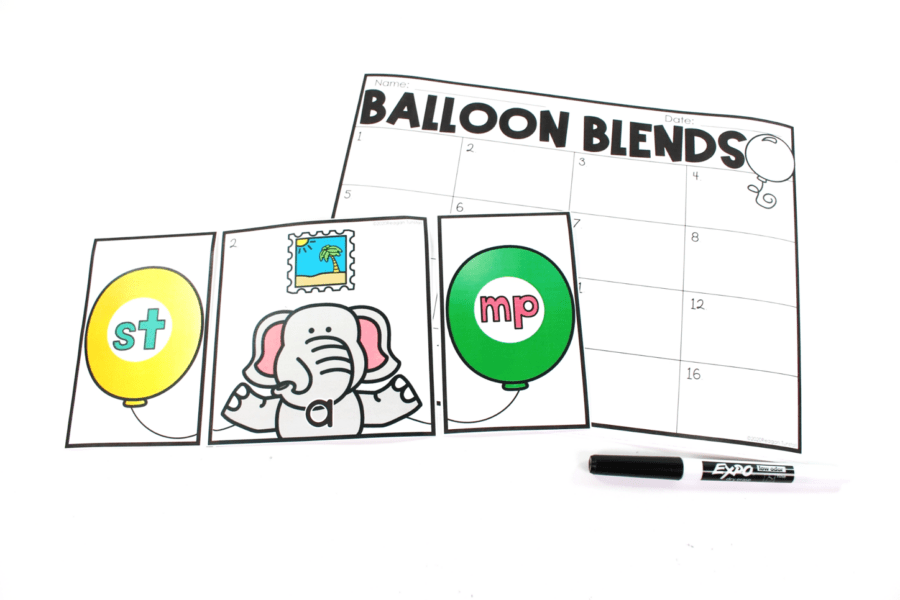
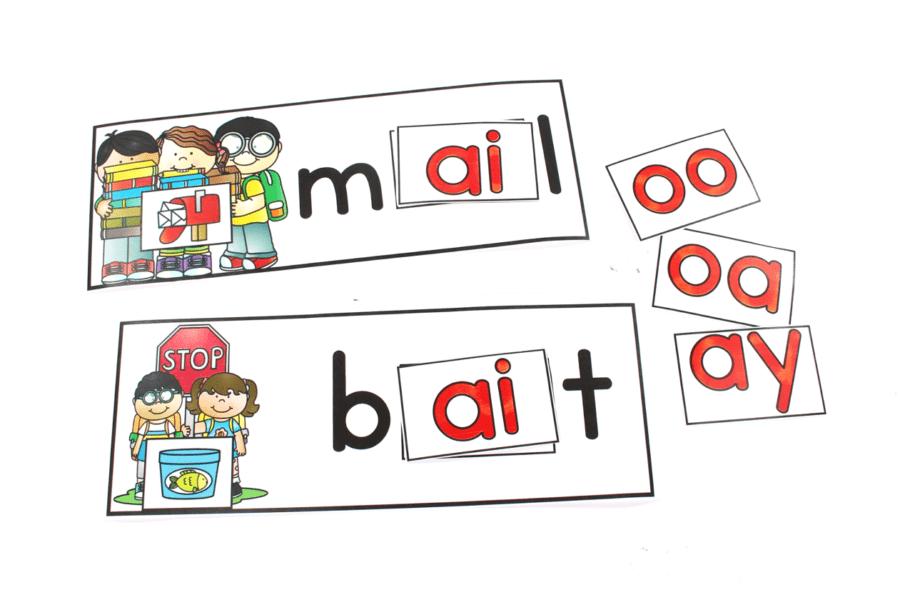
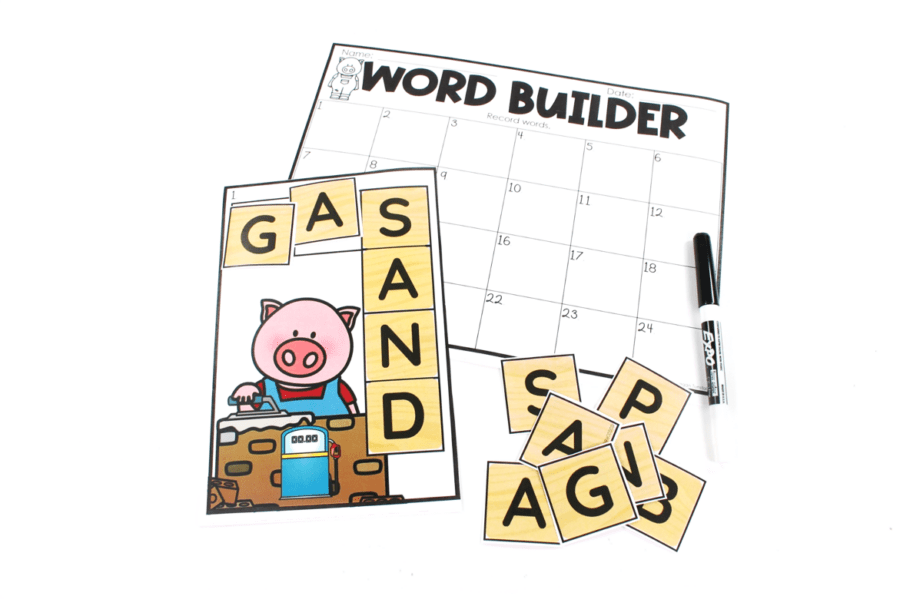
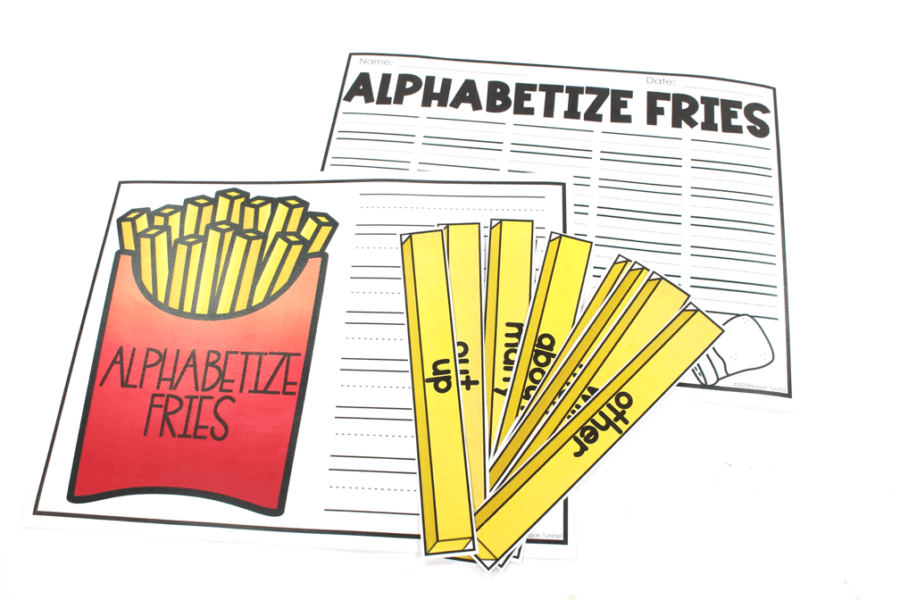
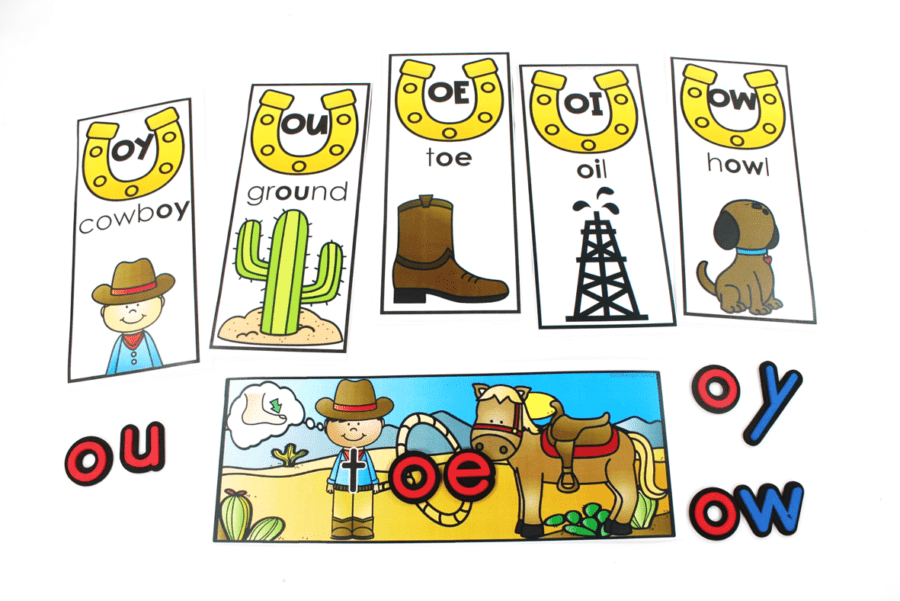
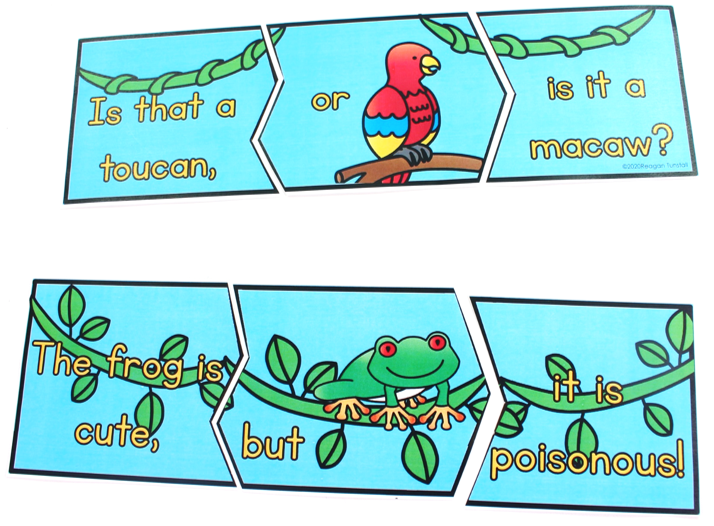
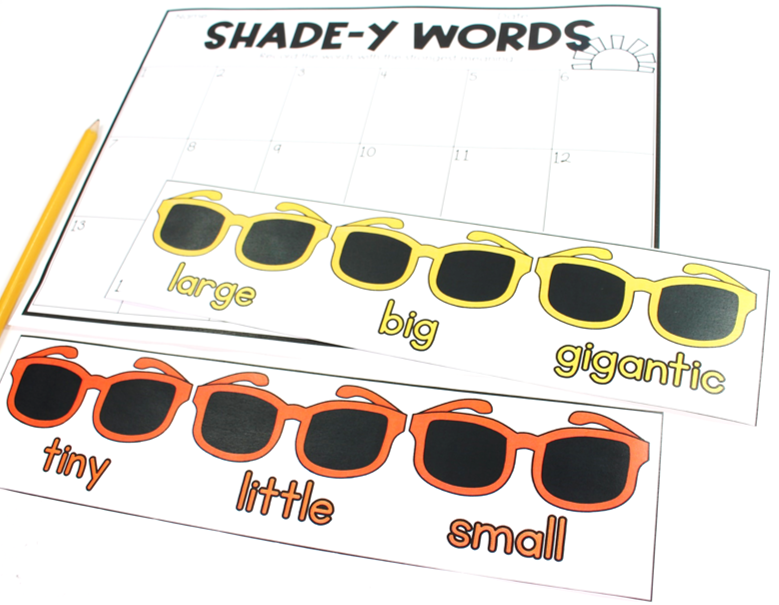
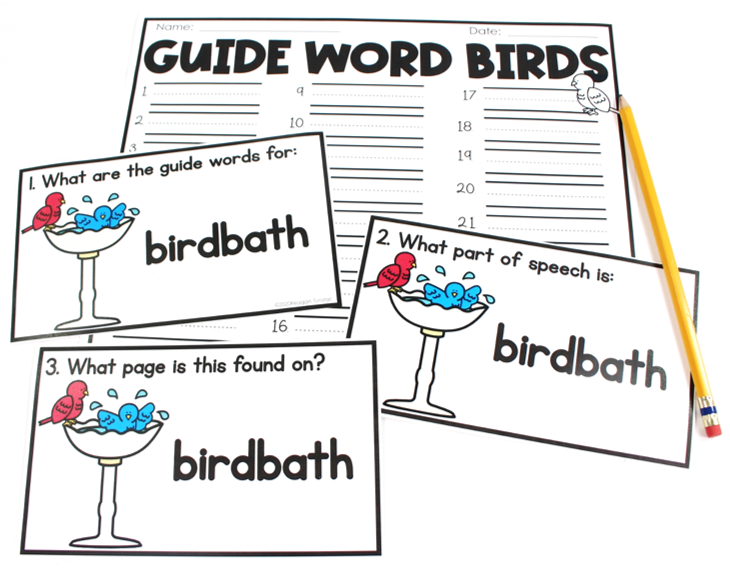
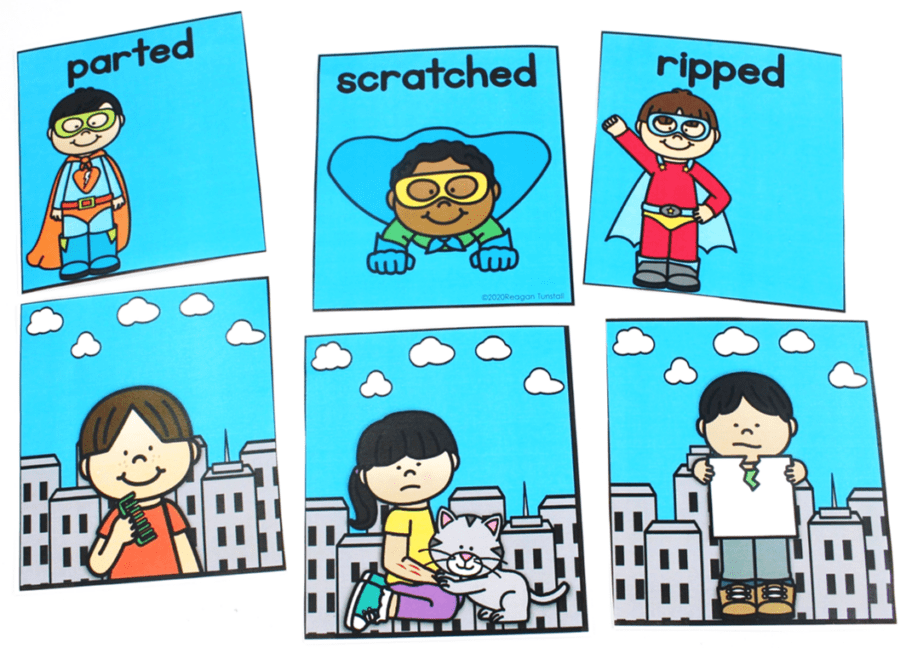
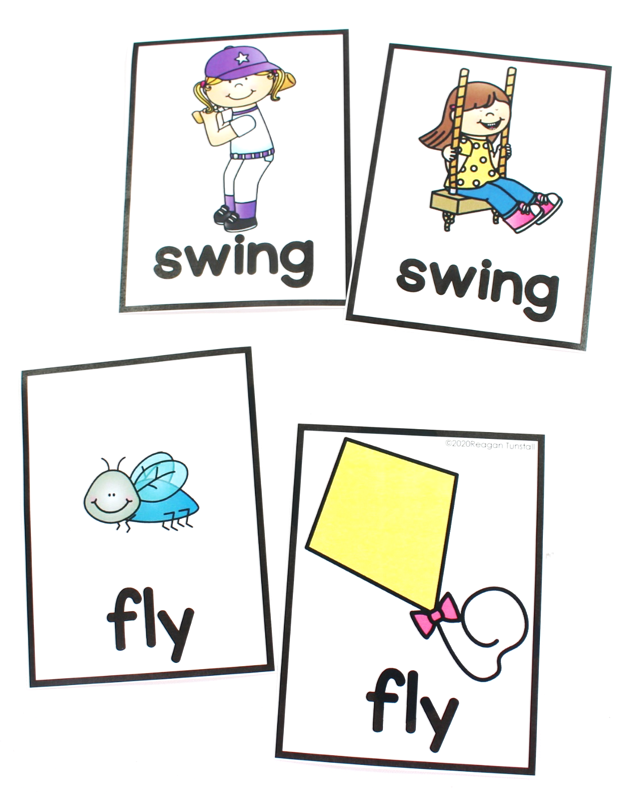
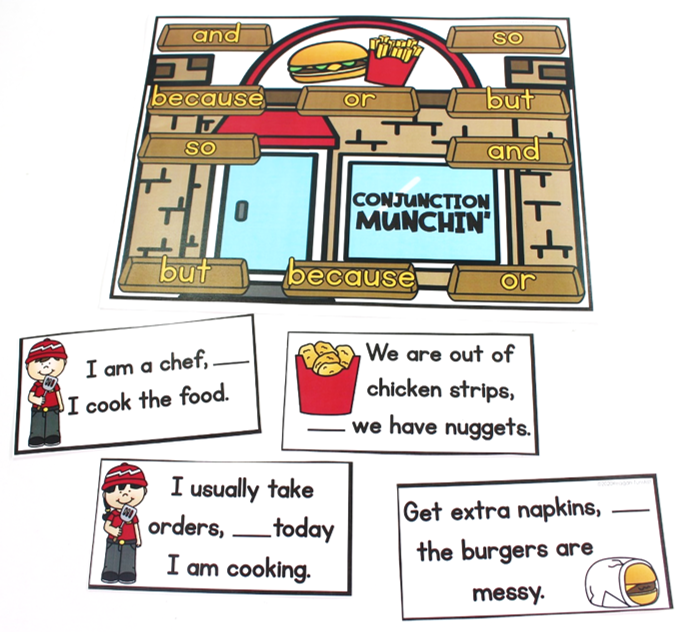
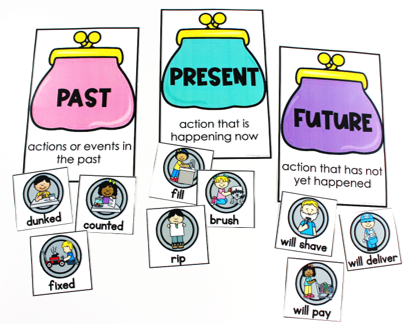
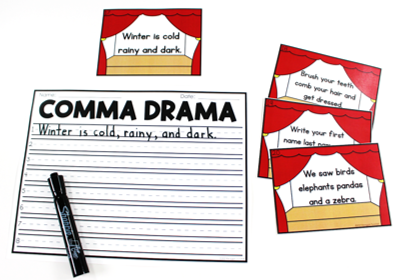
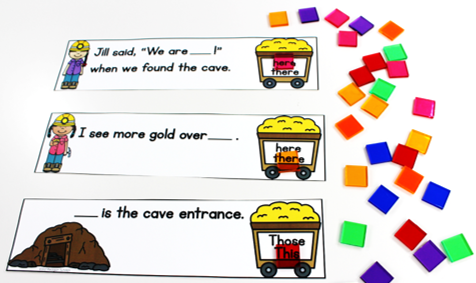
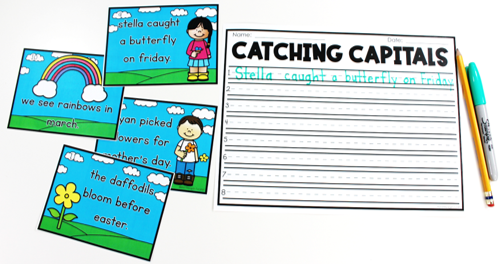
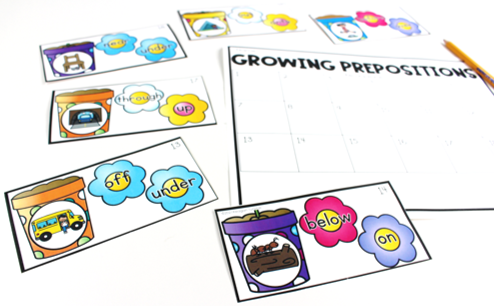
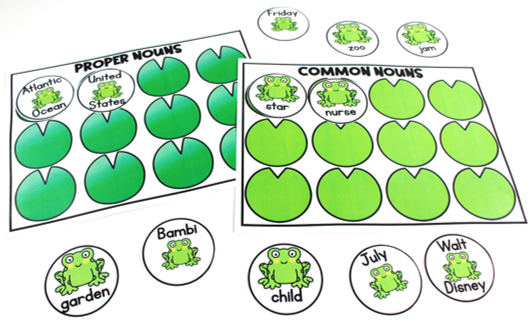
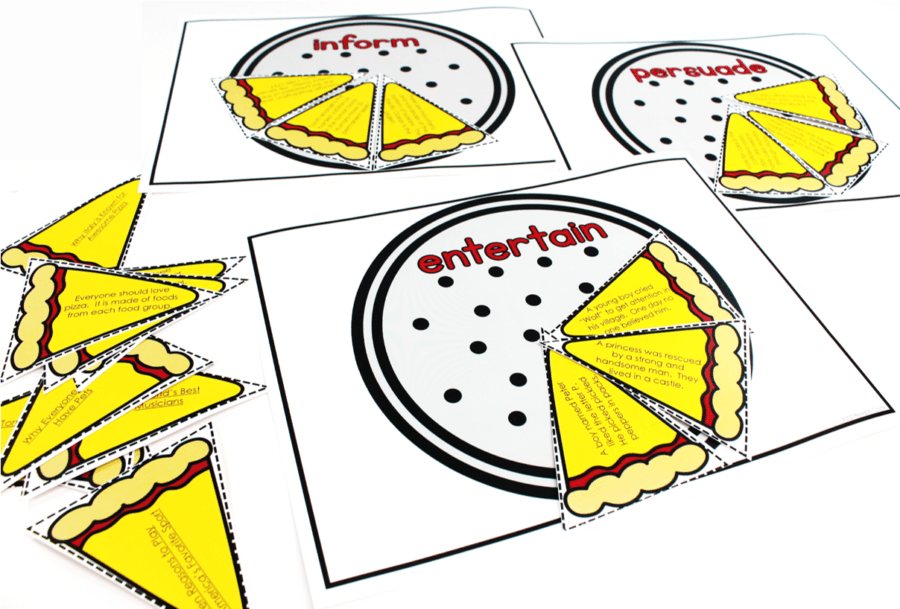
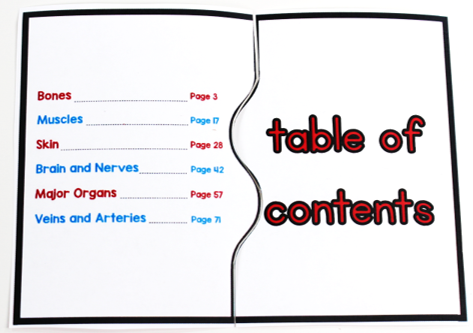

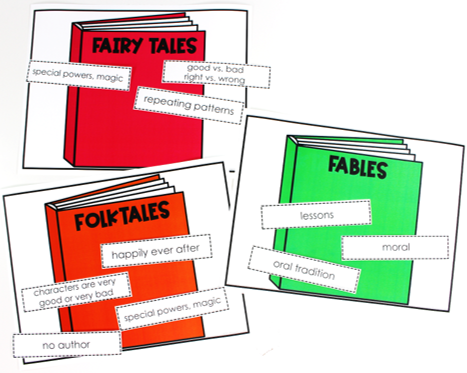


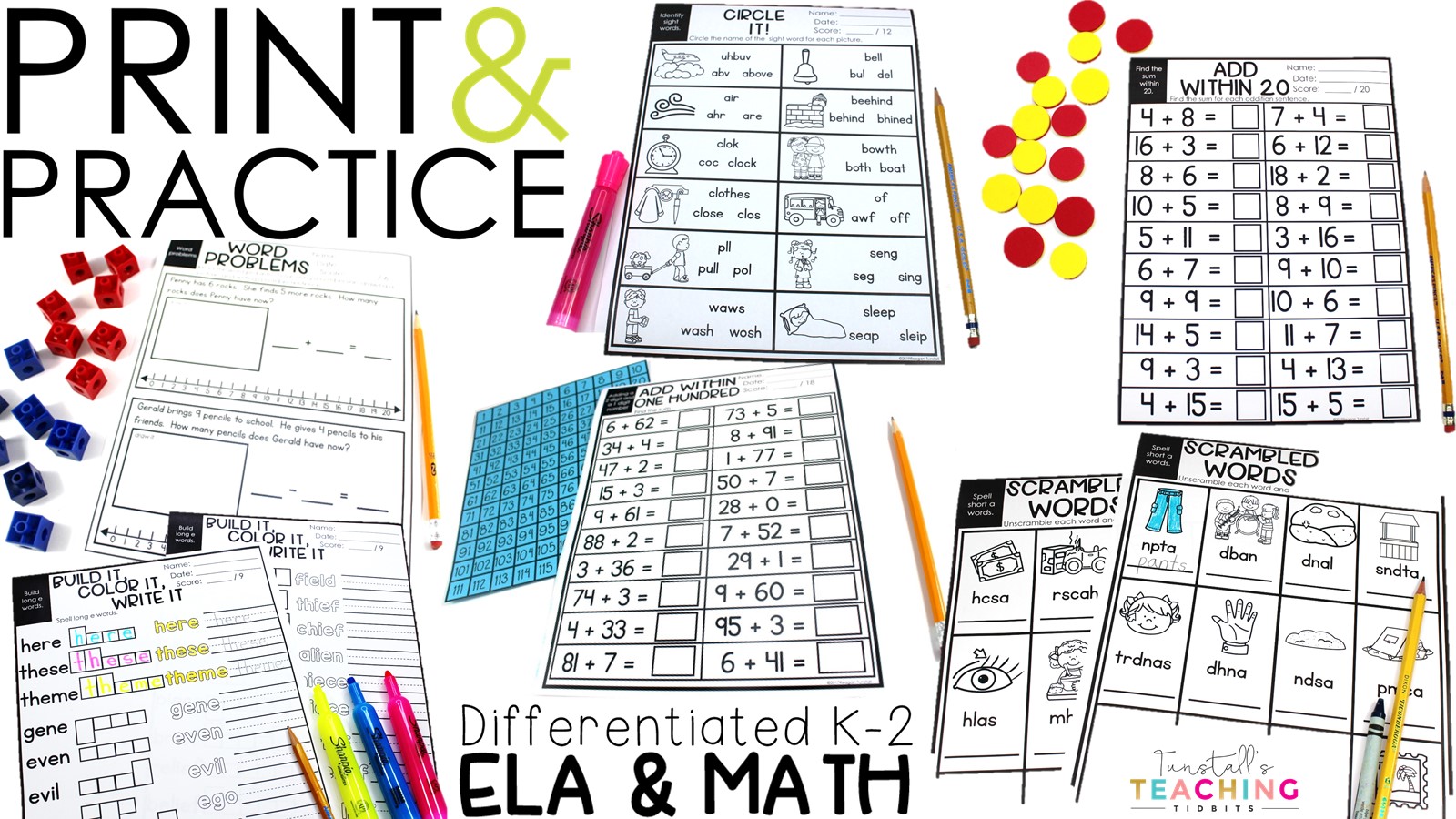
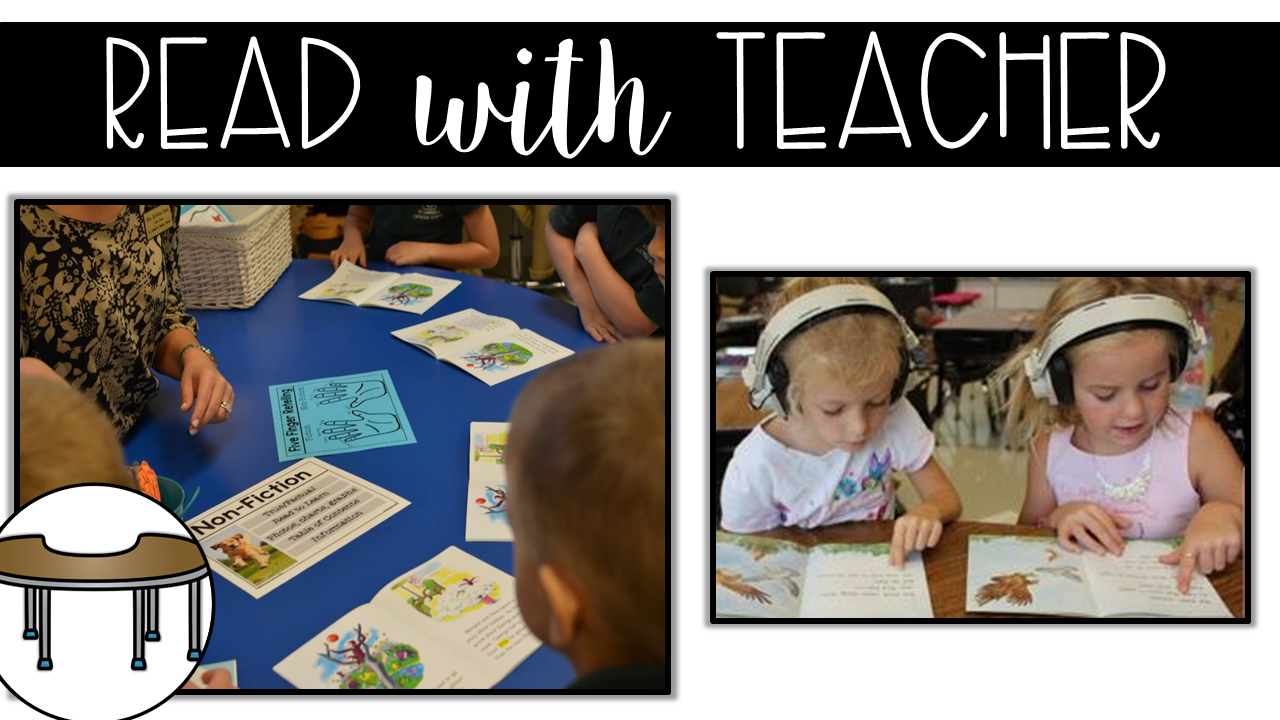
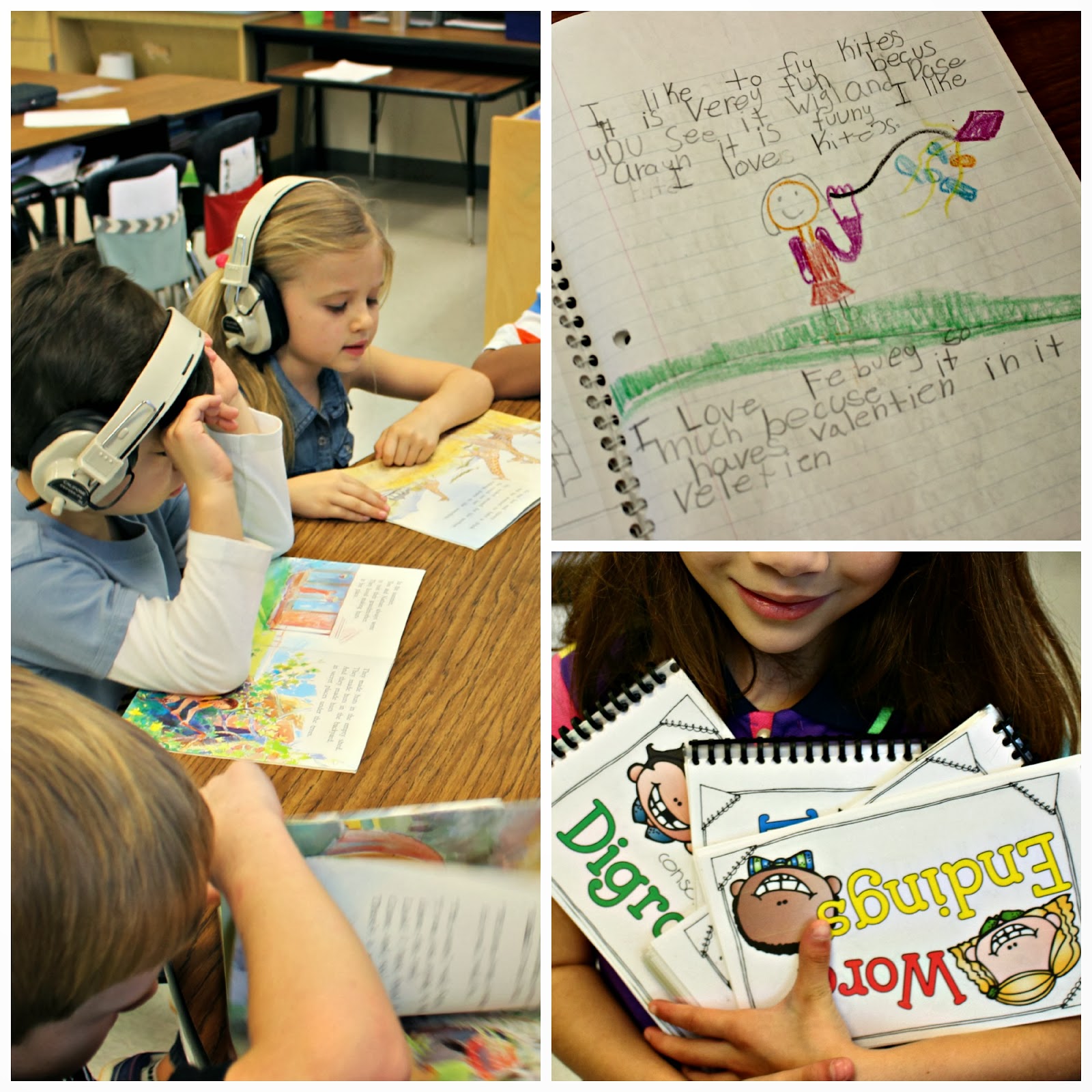
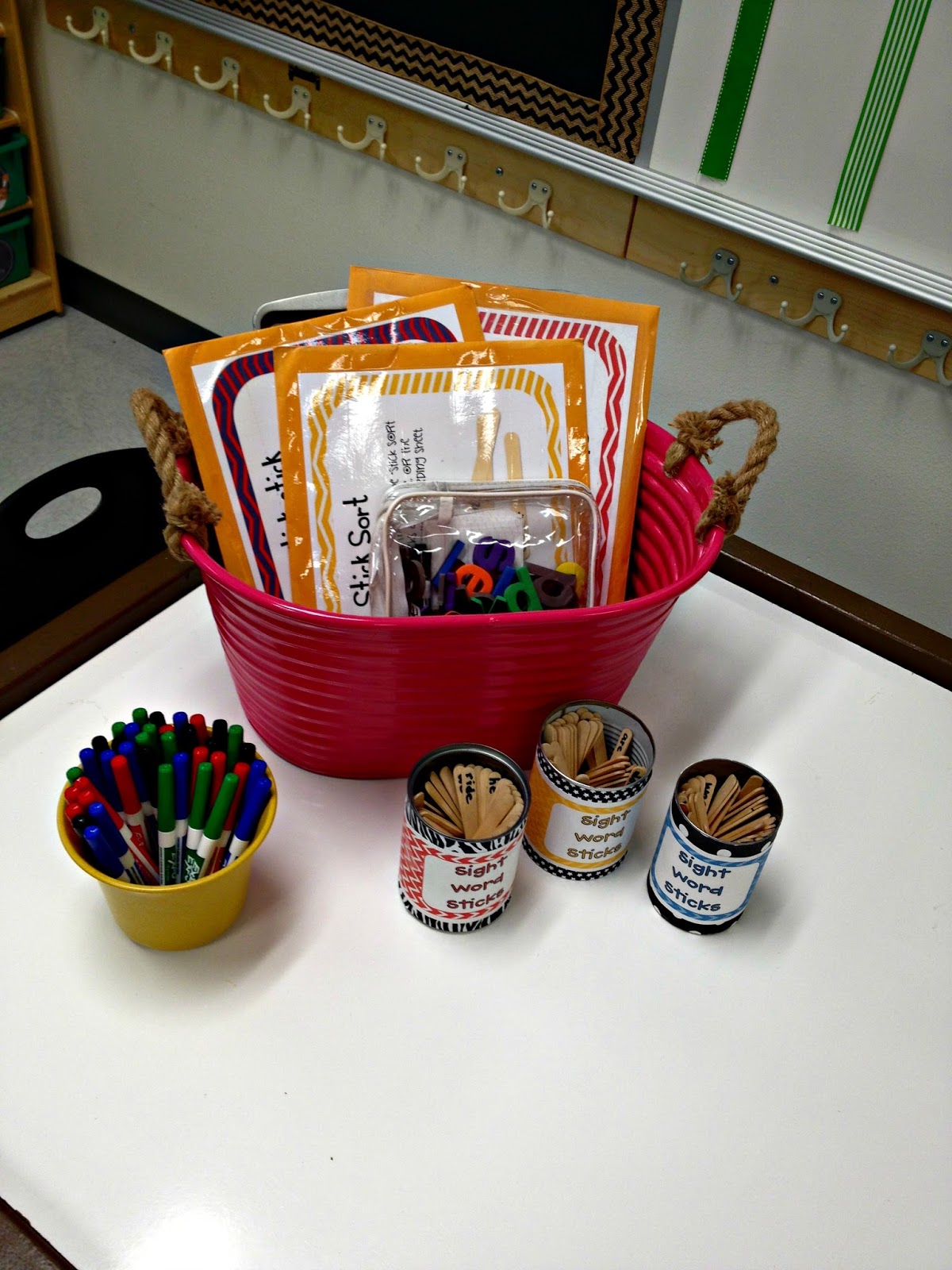

This is awesome! Are you going to make one that covers Kindergarten skills??
Yes! We are working on that now. Thank you!